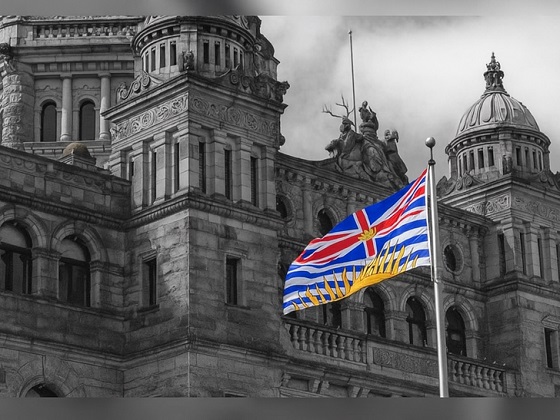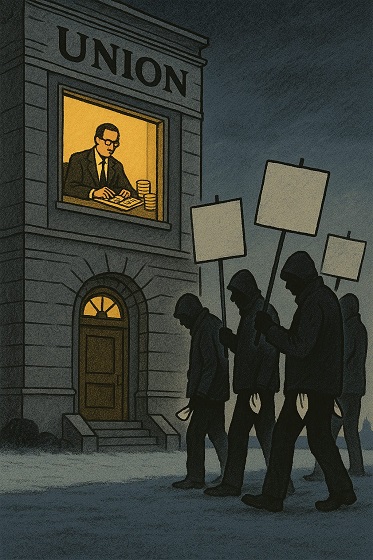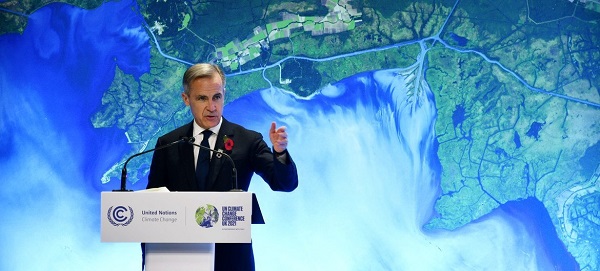Business
Economics professor offers grossly misleading analysis of inequality in Canada
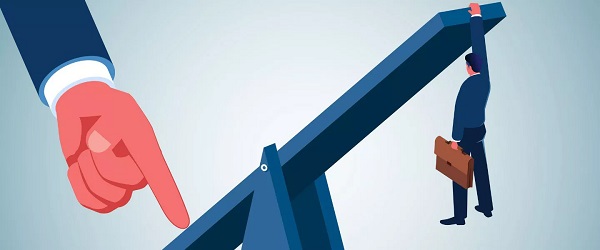
From the Fraser Institute
By: Philip Cross
Dalhousie economics professor Lars Osberg’s The Scandalous Rise of Inequality in Canada was published just in time to be eligible for the always hotly-contested title of worst Canadian economics book of the year.
Osberg’s central theme is that inequality in Canada has been steadily increasing and this poses a threat to economic growth, financial stability, social mobility, limiting climate change and even democracy—at times, it seems every imaginable problem is blamed on inequality. This makes it even more important to get the facts about inequality right.
The most misleading chapter in the book concerns top-income earners. Osberg claims that “the income share of the top 1 per cent… is the aspect of inequality that has changed the most in recent years.” However, the chapter on inequality at the top of the income distribution exclusively features data for its increase in the United States, driven by the outrageous success of technology firms such as Facebook, Apple, Alphabet, Microsoft and Nvidia. Nowhere is the data for Canada cited, but in fact the 1 per cent’s share of income in Canada has fallen since 2007, which probably explains why Osberg avoided it.
The real problem with Canada’s high-income earners over the last two decades is not that they’re gobbling up more income at the expense of everyone else, but that we do not have enough of them. Nor do the top 1 per cent in Canada earn nearly as much as in the U.S. Pretending that incomes in Canada are as skewed as in the U.S. is another example of importing narratives without examining whether they are applicable here. This might be forgivable for the average person, but it’s scandalous and disingenuous for a professor specializing in income distribution.
Raising taxes on the richest 1 per cent has a “populist” appeal. However, former finance minister Bill Morneau wrote in his memoire Where To From Here: A Path to Canadian Prosperity that he came to “regret supporting the idea of a tax increase on the 1 percent” because “it began a narrative that made it difficult to have a constructive dialogue with the people prepared to invest in research and development to benefit the country… our proposal’s biggest impact was to reduce business confidence in us.” Before becoming the Trudeau government’s current finance minister, Chrystia Freeland acknowledged that “many of the ultra-high net-worth individuals flourishing in today’s global economy are admirable entrepreneurs, and we would all be poorer without them.”
Another practical consideration for Morneau was that “Canada’s personal income tax rates are not competitive with the U.S. where highly skilled labour is concerned.” Finally, Morneau acknowledged that taxing the rich in Canada will not raise much money, because “the number of taxpayers affected will be quite small… the math just doesn’t work.” I calculate that confiscating all of the income the 1 per cent earn above $200,000 would fund total government spending in Canada for a paltry 44.2 days.
Besides misrepresenting the importance of Canada’s 1 per cent, Osberg twice makes the patently false claim in his book that “income from capital… is roughly half of GDP in Canada.” Just last week, Statistics Canada’s estimated labour income’s share of GDP was 51.3 per cent while corporate profits garnered 26.0 per cent (including profits reaped by government-owned businesses through their monopolies on utilities, gambling and alcohol sales). Another 12.6 per cent of GDP was mixed income earned by farmers and small businesses, which StatsCan cannot disentangle between labour and capital. The final 10.2 per cent of GDP went to government taxes on production and imports, which clearly is not a return on capital. I would expect undergraduate economic students to have a better grasp of the distribution of GDP than Osberg demonstrates.
Among the many evils generated by inequality, Osberg cites democracy as “threatened by the increasing concentration of wealth and economic power in Canada.” Osberg must believe Justin Trudeau’s decade-long tenure as prime minister reflects the choice of our economic elites. If so, they have much to answer for; besides steadily-degrading Canada’s economic performance and international standing, Trudeau attacked these same elites by raising income taxes on upper incomes, increasing the capital gains tax, and undercutting the fortunes of the oil and gas industry on which much wealth relies. If our economic elite really controls government, it seems they made an incredibly bad choice for prime minister.
Artificial Intelligence
Lawsuit Claims Google Secretly Used Gemini AI to Scan Private Gmail and Chat Data

Whether the claims are true or not, privacy in Google’s universe has long been less a right than a nostalgic illusion.
|
When Google flipped a digital switch in October 2025, few users noticed anything unusual.
Gmail loaded as usual, Chat messages zipped across screens, and Meet calls continued without interruption.
Yet, according to a new class action lawsuit, something significant had changed beneath the surface.
We obtained a copy of the lawsuit for you here.
Plaintiffs claim that Google silently activated its artificial intelligence system, Gemini, across its communication platforms, turning private conversations into raw material for machine analysis.
The lawsuit, filed by Thomas Thele and Melo Porter, describes a scenario that reads like a breach of trust.
It accuses Google of enabling Gemini to “access and exploit the entire recorded history of its users’ private communications, including literally every email and attachment sent and received.”
The filing argues that the company’s conduct “violates its users’ reasonable expectations of privacy.”
Until early October, Gemini’s data processing was supposedly available only to those who opted in.
Then, the plaintiffs claim, Google “turned it on for everyone by default,” allowing the system to mine the contents of emails, attachments, and conversations across Gmail, Chat, and Meet.
The complaint points to a particular line in Google’s settings, “When you turn this setting on, you agree,” as misleading, since the feature “had already been switched on.”
This, according to the filing, represents a deliberate misdirection designed to create the illusion of consent where none existed.
There is a certain irony woven through the outrage. For all the noise about privacy, most users long ago accepted the quiet trade that powers Google’s empire.
They search, share, and store their digital lives inside Google’s ecosystem, knowing the company thrives on data.
The lawsuit may sound shocking, but for many, it simply exposes what has been implicit all along: if you live in Google’s world, privacy has already been priced into the convenience.
Thele warns that Gemini’s access could expose “financial information and records, employment information and records, religious affiliations and activities, political affiliations and activities, medical care and records, the identities of his family, friends, and other contacts, social habits and activities, eating habits, shopping habits, exercise habits, [and] the extent to which he is involved in the activities of his children.”
In other words, the system’s reach, if the allegations prove true, could extend into nearly every aspect of a user’s personal life.
The plaintiffs argue that Gemini’s analytical capabilities allow Google to “cross-reference and conduct unlimited analysis toward unmerited, improper, and monetizable insights” about users’ private relationships and behaviors.
The complaint brands the company’s actions as “deceptive and unethical,” claiming Google “surreptitiously turned on this AI tracking ‘feature’ without informing or obtaining the consent of Plaintiffs and Class Members.” Such conduct, it says, is “highly offensive” and “defies social norms.”
The case invokes a formidable set of statutes, including the California Invasion of Privacy Act, the California Computer Data Access and Fraud Act, the Stored Communications Act, and California’s constitutional right to privacy.
Google is yet to comment on the filing.
|
|
|
|
Reclaim The Net is reader-supported. Consider becoming a paid subscriber.
|
|
|
|
Business
Nearly One-Quarter of Consumer-Goods Firms Preparing to Exit Canada, Industry CEO Warns Parliament
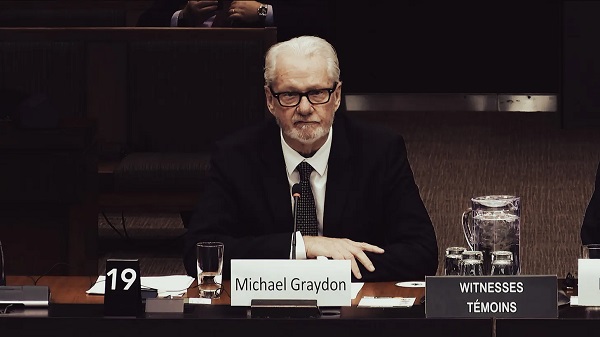
Standing Committee on Industry and Technology hears stark testimony that rising costs and stalled investment are pushing companies out of the Canadian market.
There’s a number that should stop this country cold: twenty-three percent. That is the share of companies in one of Canada’s essential manufacturing and consumer-goods sectors now preparing to withdraw products from the Canadian market or exit entirely within the next two years. And this wasn’t whispered at a business luncheon or buried in a consultancy memo. It was delivered straight to Parliament, at the House of Commons Standing Committee on Industry and Technology, during its study on Canada’s underlying productivity gaps and capital outflow.
Michael Graydon, the CEO of Food, Health & Consumer Products of Canada, didn’t hedge or soften the message. He told MPs, “23% of our members expect to exit products from the Canadian marketplace within the next two years, because the cost of doing business here has just become unsustainable.”
Unsustainable. That’s the word he used. And when the people who actually make things in this country start using that word, you should pay attention. These aren’t fringe players or hypothetical startups. These are firms that supply the goods Canadians buy every single day, and they’re looking at their balance sheets, their regulatory burdens, the delays in getting anything approved or built, and concluding that Canada simply doesn’t work for them anymore.
What makes this more troubling is the timing. Canada’s investment levels have been falling for years, even as the United States and other competitors race ahead. Businesses aren’t reinvesting in machinery or technology at the rate they once did. They’re not modernizing their operations here. They’re putting expansion plans on hold or shifting them to jurisdictions that move faster, cost less and offer clearer rules. That’s not ideology; it’s arithmetic. If it costs more to operate here, if it takes longer to get a permit, and if supply chains back up because ports and rail lines are jammed, investors will choose the place that doesn’t make growth a bureaucratic mountain climb.
Graydon raised another point that ought to concern anyone who cares about domestic production. Canada’s agrifood sector recorded a sixty-billion-dollar trade surplus last year, one of the brightest spots in the national economy, but according to him that potential is being “diluted by fragmented interprovincial trade and logistics bottlenecks.” The ports, the rail corridors, the entire transport network—choke points everywhere. And you can’t build a productive economy on choke points. Companies can’t scale, can’t guarantee delivery, can’t justify the costs. So they leave.
This twenty-three percent figure is the clearest evidence yet that the problem isn’t theoretical. It’s not something for think-tank panels or academic papers. It is happening at the level that matters most: the decision whether to continue doing business in Canada or move operations somewhere more predictable. And once those decisions are made, they’re very hard to reverse. Capital doesn’t boomerang back out of patriotism. It goes where it can earn a return.
For years, Canadian policymakers have talked about productivity as if it were a moral failing of workers or a mystical national characteristic. It’s neither. Productivity comes from investment—real money poured into equipment, technology, training and expansion. When investment stalls, productivity collapses. And when a quarter of firms in a major sector are already planning their exit, you are not looking at a temporary dip. You are looking at a structural rejection of the business environment itself.
The fact that executives are now openly warning Parliament that they cannot afford to stay is a moment of clarity. It is also a test. Either this country becomes a place where people can build things again—quickly, affordably, competitively—or it continues down the path that leads to empty factories, hollowed-out supply chains and consumers who wonder why the shelves look thinner every year.
Twenty-three percent is not just a statistic. It’s the sound of a warning bell ringing at full volume. The only question now is whether anyone in charge hears it.
-
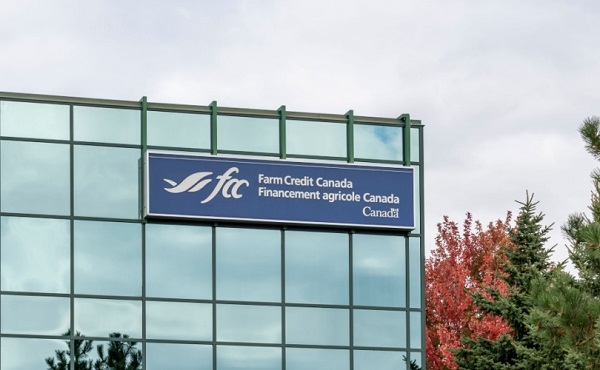
 Agriculture2 days ago
Agriculture2 days agoFederal cabinet calls for Canadian bank used primarily by white farmers to be more diverse
-

 Daily Caller2 days ago
Daily Caller2 days ago‘Holy Sh*t!’: Podcaster Aghast As Charlie Kirk’s Security Leader Reads Texts He Allegedly Sent University Police
-

 Daily Caller22 hours ago
Daily Caller22 hours agoDemocrats Explicitly Tell Spy Agencies, Military To Disobey Trump
-
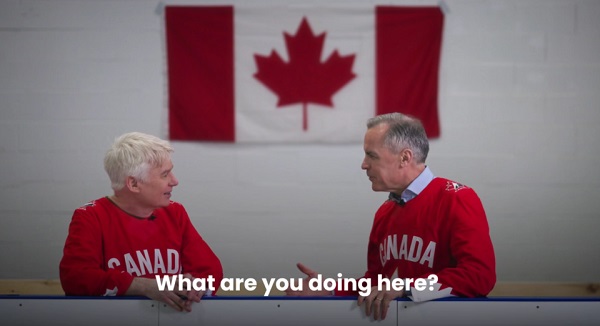
 Uncategorized2 days ago
Uncategorized2 days agoCost of bureaucracy balloons 80 per cent in 10 years: Public Accounts
-

 Addictions2 days ago
Addictions2 days agoActivists Claim Dealers Can Fix Canada’s Drug Problem
-

 Business1 day ago
Business1 day agoClimate Climbdown: Sacrificing the Canadian Economy for Net-Zero Goals Others Are Abandoning
-

 Great Reset1 day ago
Great Reset1 day agoAre climate-obsessed elites losing their grip over global politics?
-
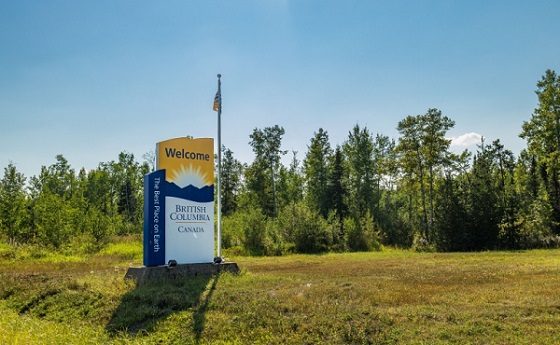
 Indigenous23 hours ago
Indigenous23 hours agoTop constitutional lawyer slams Indigenous land ruling as threat to Canadian property rights







